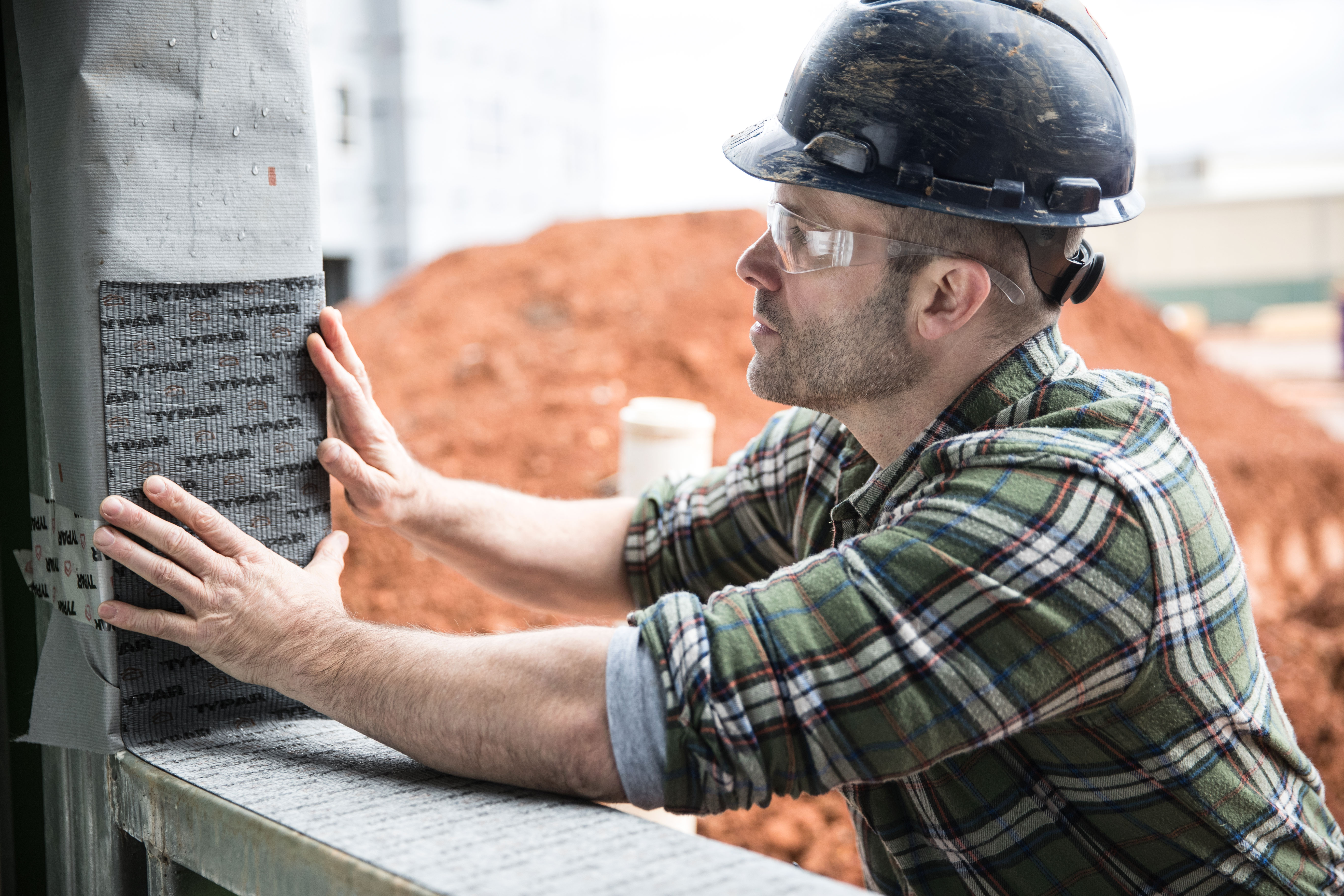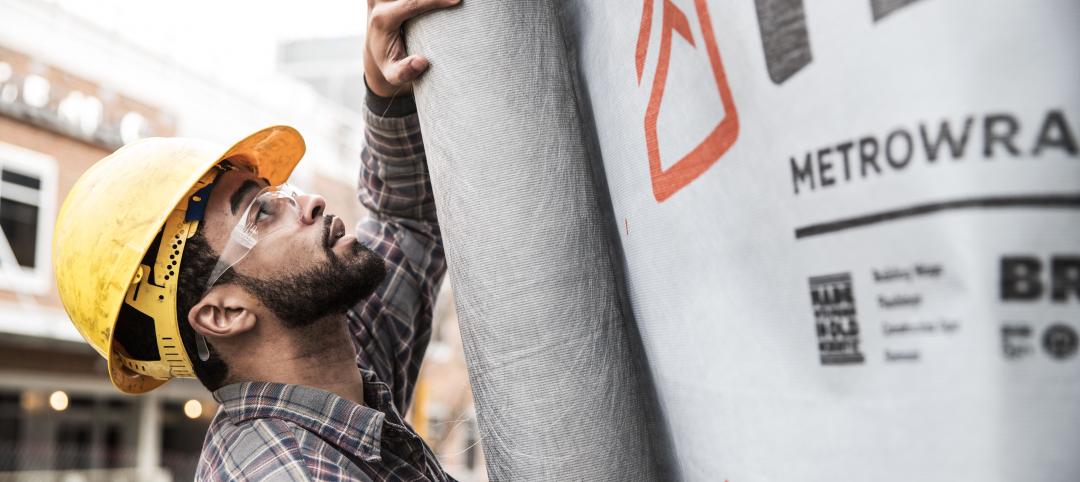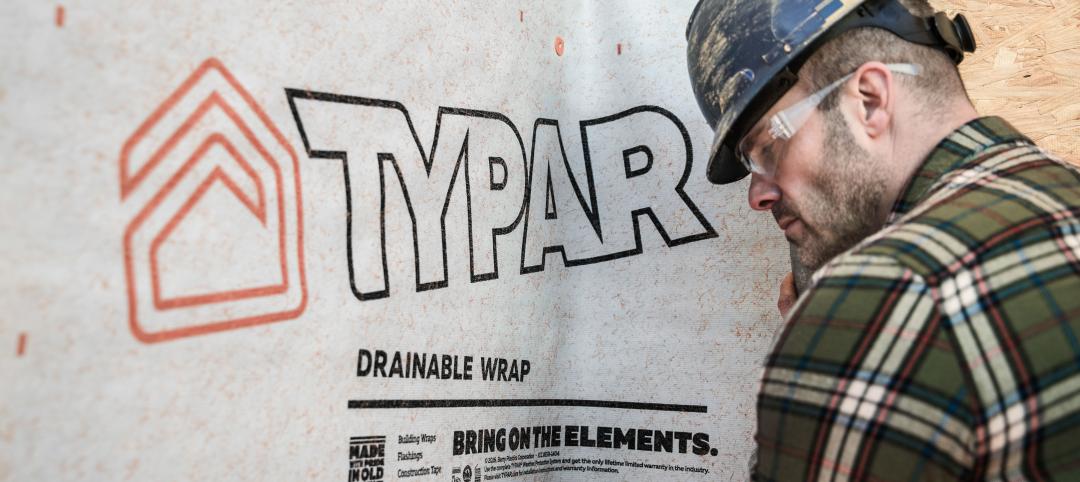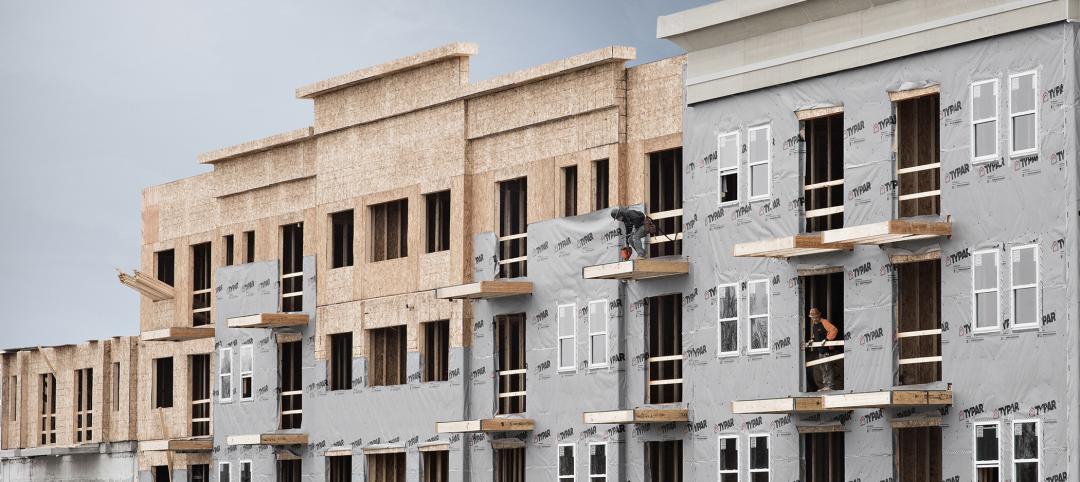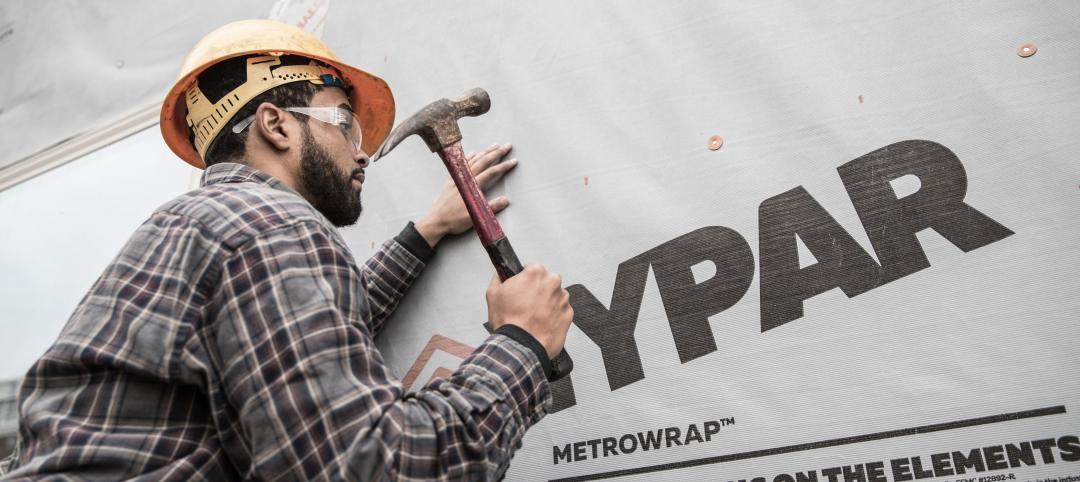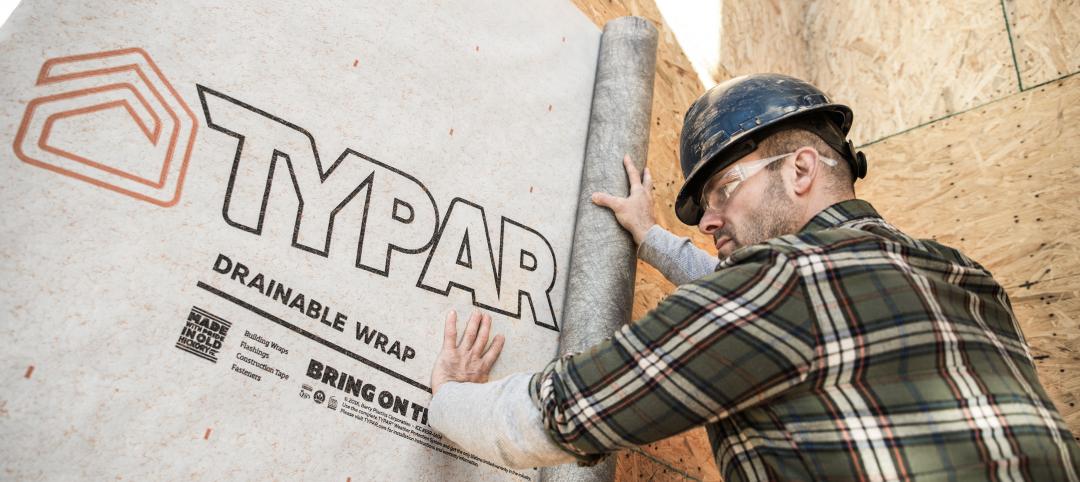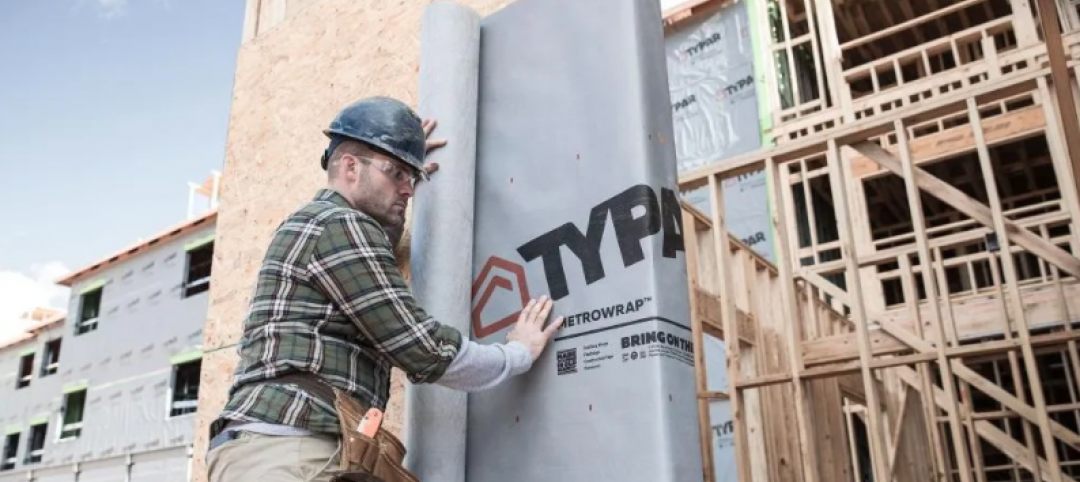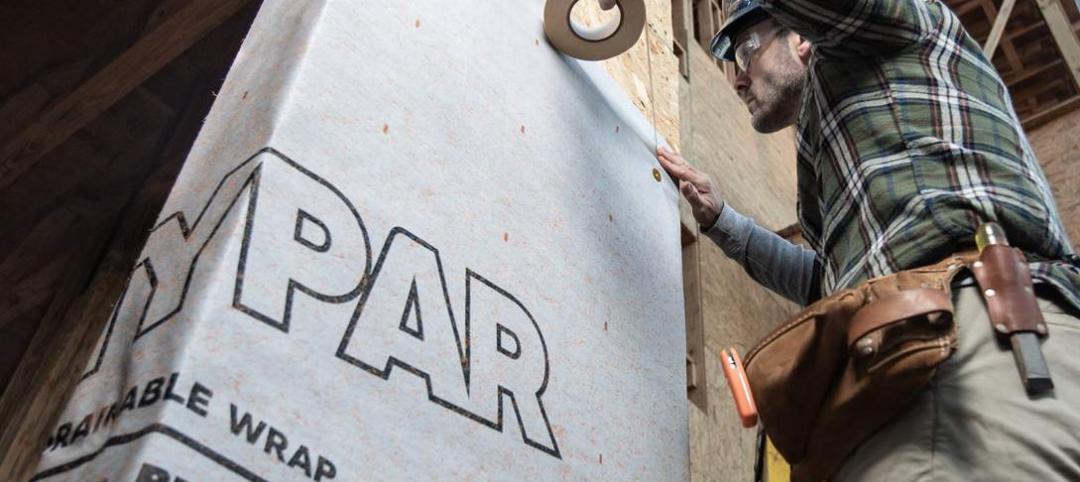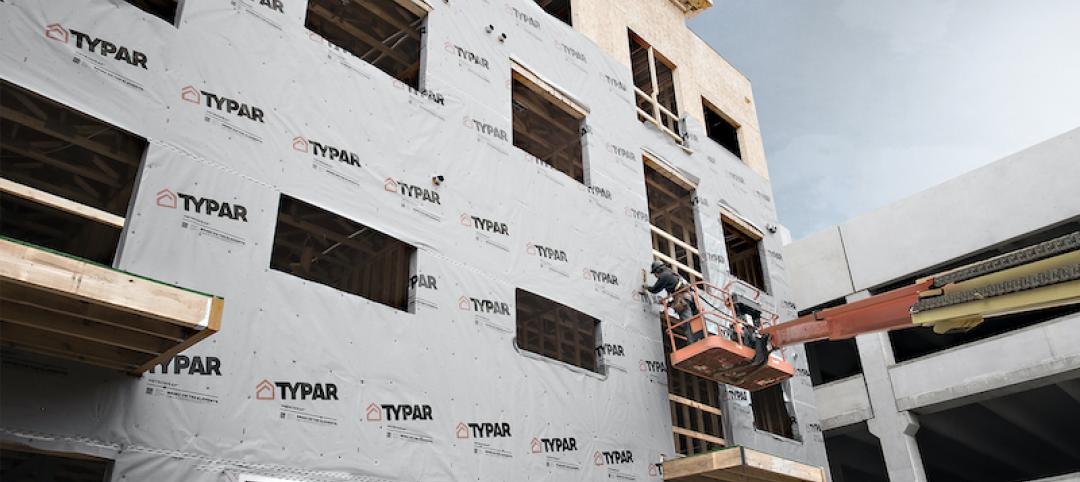The Role of Flashing
Properly installed flashing is a critical element of the building envelope, as it directs water away from the opening to the weather resistant barrier, which in turn directs the water to anexit point in the wall. This is important because heads, jambs and sills around doors and windows can be a potential weak point in the wall for air and moisture.
While the benefits of commercial-grade flashings are straightforward, there is no one-size-fits-allproduct. The performance of the flashing depends on a variety of factors including the application, the outside temperature during installation and the products’ compatibility with other materials within the building envelope. For example, sealants with high solvent or plasticizer content can damage bitumen flashing products. Also, some rubberized asphalt products are not compatible with single-ply flexible PVC roofing materials. It’s a good idea to first check with the manufacturer to verify that the product is appropriate and compatible with all other materials used in the wall assembly.

Another option is to simply work with manufacturers that provide a complete system of compatible materials.The TYPAR® Weather Protection System is second to none in delivering the most complete, and capable defense for building envelopes because all of the components are designed, tested and engineered to work together. What's more, using the full, properly installed system provides you with the only lifetime limited warranty of its kind. TYPAR also manufacturers several different flashings for various applications and temperatures.
The All-Temperature Flashing is one of the most popular options for protecting against moisture penetration at windows, doors, and through-wall entry points. Builders can count on maximum adhesion to OSB, plywood, aluminum, vinyl, and the building wrap–even in extreme temperature conditions. It is suitable for installation in temperatures as low as 0° F (-18° C), stable up to 180° F (82° C) and capable of adhering to wet surfaces.
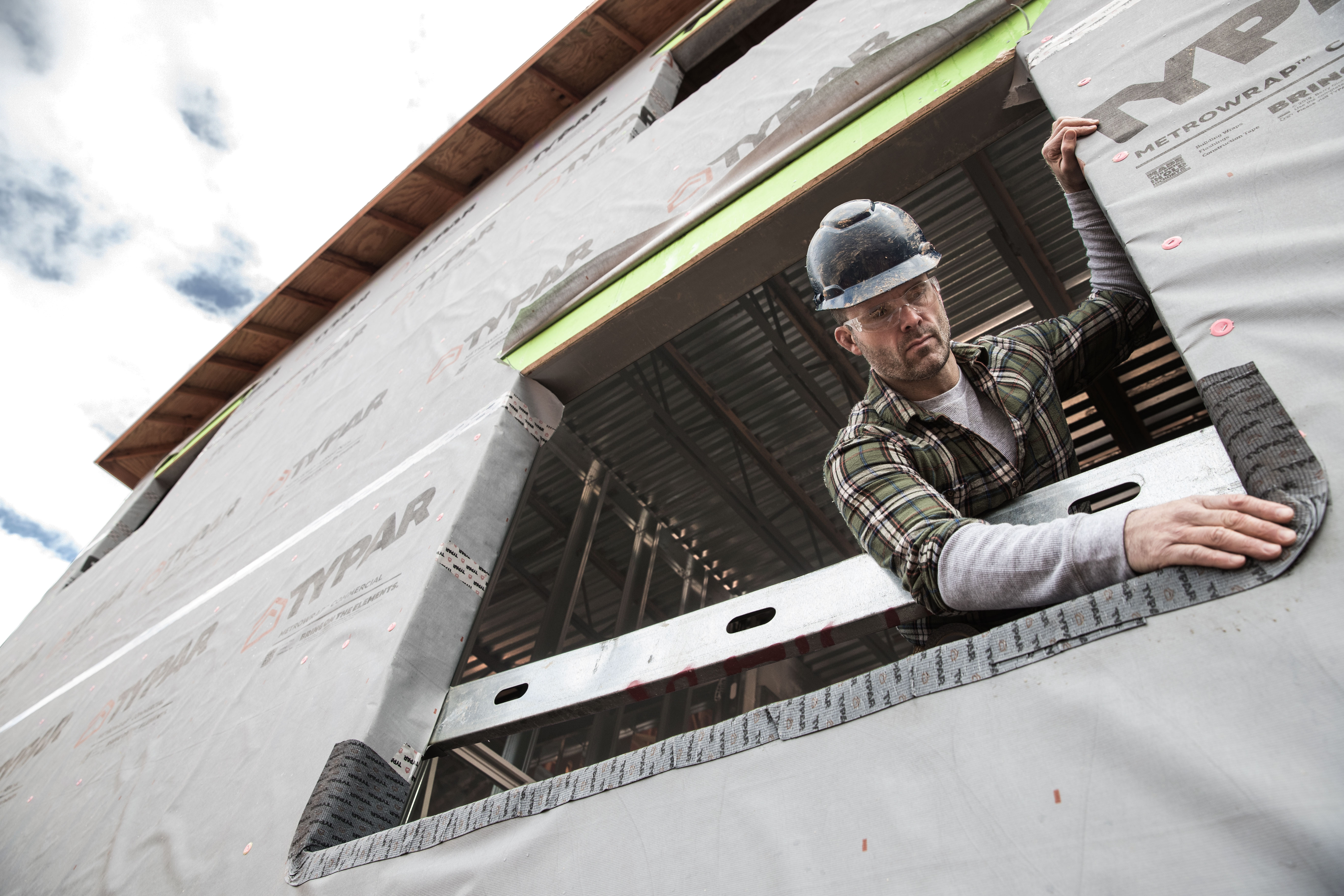
The Role of Seam Tape
Seam tape plays a critical role in ensuring a tight building envelope. When a building is properly sealed, the system deters moisture intrusion and protects the wall. According to the Building Energy Code Resource Guide, builders use tapes to seal the seams of a variety of membranes and building products, including housewrap, polyethylene, OSB, and plywood in an effort to limit air leakage1. Additionally, tapes are also used to seal duct seams, to seal leaks around penetrations through air barriers—such as those around plumbing vents—and to seal sheet goods to a variety of materials, including concrete1. All in all, seam tape is unrivaled in terms of its ability to seal a continuous air barrier for homes and buildings.

Like flashings, there are several tape options for contractors to choose from. In order to pick the right flashing, first consider theapplication needs. If you need to seal flanges, corners, joints, or seamson residential and commercial jobs, try TYPAR Construction Tape. This tape installs fast, sticks tight, and offers the versatility you count on. Both UV- and weather-resistant, TYPAR Construction Tape won't deteriorate over time, providing years of reliable performance. Construction Tape can even be installed in cold conditions down to 0° F (-18° C).
When it comes to eliminating vulnerabilities in the building envelope, quality flashings and construction tapes are an affordable, durable and simple addition to your air barrier arsenal.
More from Author
Bijan Mansouri, TYPAR | Aug 13, 2020
Auditing airtightness: The 101 on blower door tests
A blower door test, also known as an infiltrometer, uses a high-powered fan and a special machine to measure the airtightness of a building and identify potential leaks in the air barrier.

